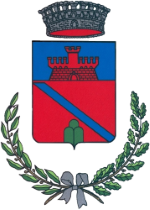
On the facade of the house, built in the 1880s by the brothers Rocco and Ferdinando Pedrini, there is a vertical structure protruding onto the municipal road: these are two ancient wood-fired ovens for baking bread, placed one above the other. The two ovens, dated 1889, were built of stone with a domed vault according to traditional construction methods. The oven opening faces the kitchen, where the dough was also prepared and leavened; every house had everything necessary for the preparation and baking of bread: the dough trough, the bucket for the yeast, the boards covered with linen bands where the loaves were left to rise, the tools for cleaning the oven, the peels for placing and removing the bread, and the rack for arranging the sticks with the loaves to dry. Until the early decades of the 19th century, the cultivation of rye was practiced by all families, and the rye black bread, a daily staple, was essential for the survival of the many families. The bread, baked only once a year, was carefully stored, consumed sparingly, without waste, economized to last until the next baking. In the past, bread-making was an event that involved the entire family and even the neighbors, as it occurred only a few times a year. After the bread was baked, the oven’s heat was used by the entire neighborhood to bake simple doughnuts or small biscuits shaped like braids, dolls, or animals to give to children.
In Cepina, other houses with ancient ovens are still preserved: on Via Fumarogo, there are two on the same building, one on the north side and one on the south side.






